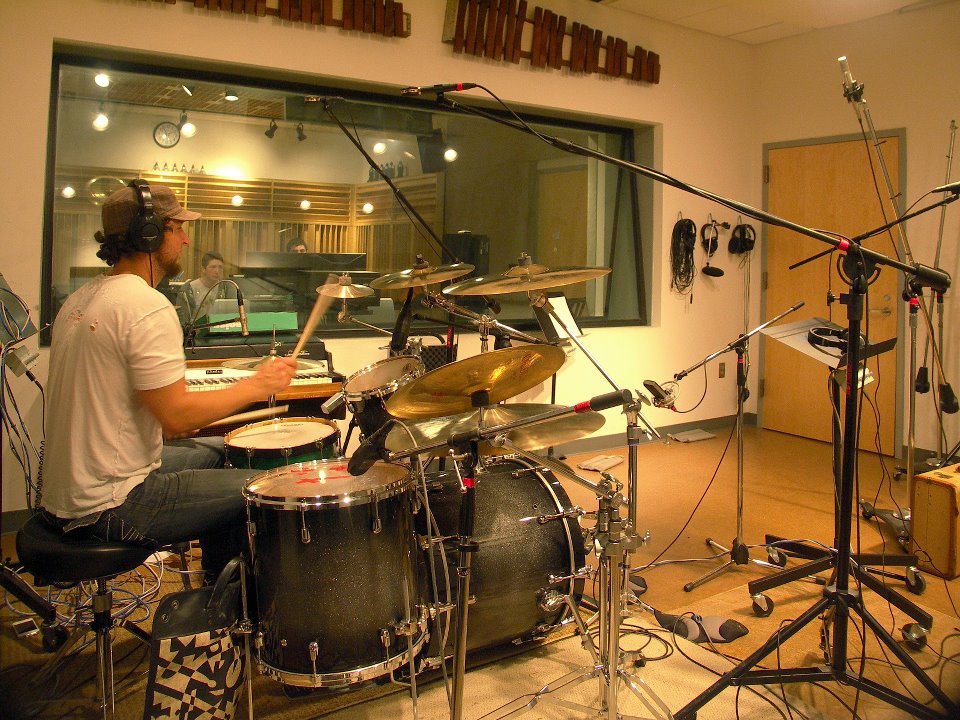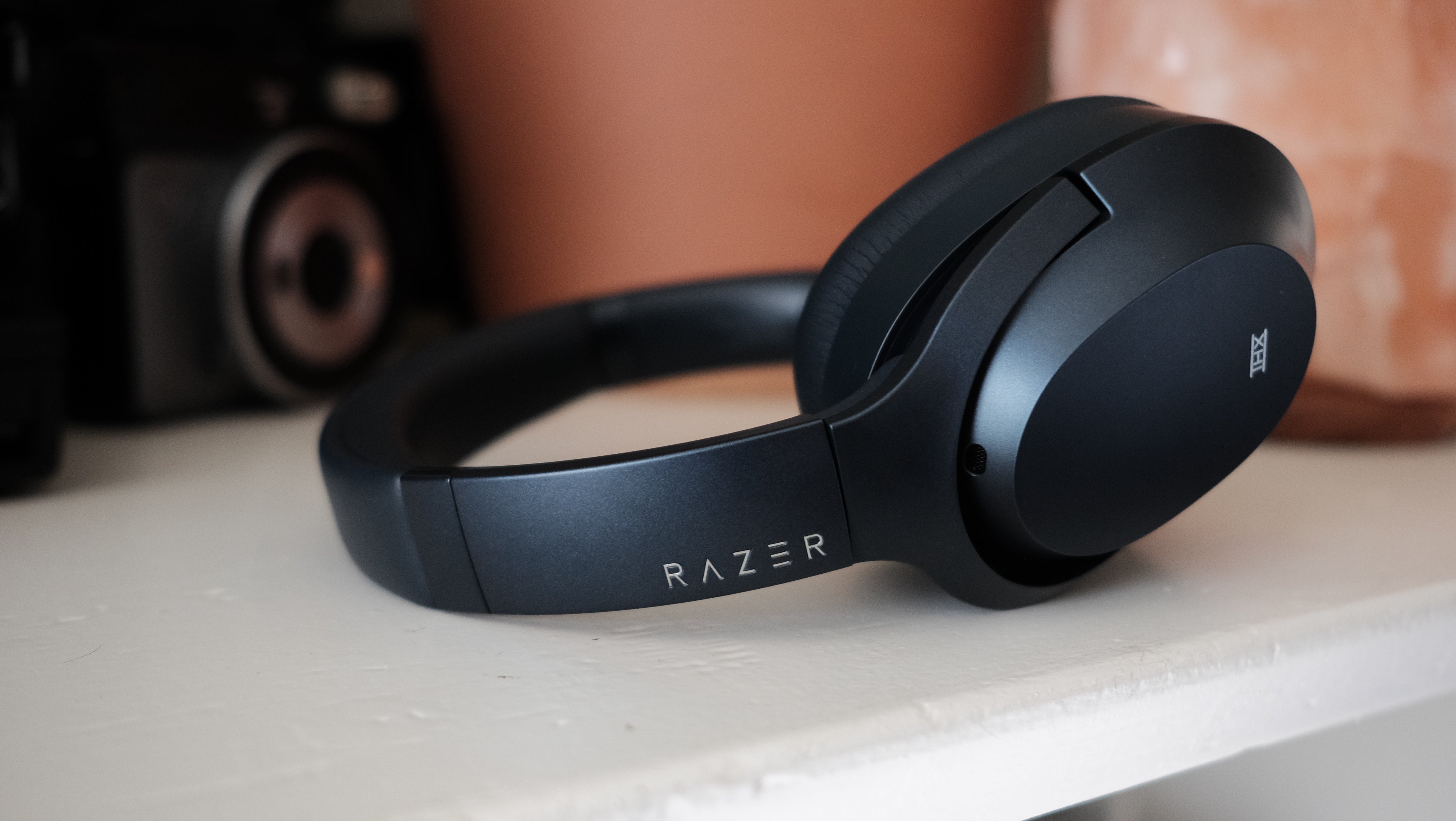I've talked about how important rooms are to a drum sound, but what can we do if we're stuck. Drums produce very large amounts of energy.
How To Record Drums In A Small Room, Reflected sound from nearby boundaries can cause constructive or destructive interference, particularly in the low frequencies, so placing the kick drum in one area may. Here’s what i recommend you know to make the best choice:

For a small room like yours i would suggest you to try to put both mics above the drumkit pointing directly down. “for example, when you’re recording drums, to me, the drums come first and drum heads come second. We do this through a process called “floating”. Record drums at home or in a rehearsal space, though, and gettin.
Record drums at home or in a rehearsal space, though, and gettin.
Here’s what i recommend you know to make the best choice: For a small room like yours i would suggest you to try to put both mics above the drumkit pointing directly down. Empty rooms with dampening can also cause standing wave problems. With all of this energy, there has to be a balance between the size of the room that we use and how much energy we place within the room. The general rule of thumb is: Think about what drum sound is needed for the recording project, and choose the recording room accordingly.
 Source: pinterest.com
Source: pinterest.com
The amp is plugged into an ac circuit on one side of the room, which is grounded. Here’s what i recommend you know to make the best choice: I�ve talked about how important rooms are to a drum sound, but what can we do if we�re stuck. With a relatively small budget in mind, we are going to look at.
 Source: pinterest.com
Source: pinterest.com
The tone of the room the drums were recorded in is an important aspect professional drum recordings. But if the room your drums are being tracked in doesn’t sound good there’s not much point in miking it. You can set up various room treatments to drastically improve the acoustics of the room. Of course, it’s best to keep everything to.
 Source: soundonsound.com
Source: soundonsound.com
Included in the tutorial is a free download of the audio stems recorded in the example segment that you can import into your daw to enable you to hear the sound of each of the microphones in more detail Nice and close to the kit, using ldc�s mostly. Think about what drum sound is needed for the recording project, and.
 Source: 745recordingstudio.com
Source: 745recordingstudio.com
Since drums produce lots of sound and vibrational energy, we need to isolate the floor of our drum room from our existing studio structure. Aim for 80 on the drum dial for each of the higher toms and a little lower on the floor toms. This may avoid too many reflections from the walls. The room you place your drums.
 Source: youtube.com
Source: youtube.com
If a dry, tight sound is needed, don’t be afraid to use a small room, with lots of sound absorbing materials. I try to take out some of the room sound using simple acoustic treatment, and i dont get too wild with the oh�s. This is not only true for mic placements, but also getting the proper drum sound in.
 Source: homestudioguides.com
Source: homestudioguides.com
The bigger the room, the better. With these 3 simple tips, you’ll be well on your way to getting great drum sounds with this. If a dry, tight sound is needed, don’t be afraid to use a small room, with lots of sound absorbing materials. Empty rooms with dampening can also cause standing wave problems. In this week’s video, producer/mixer.
 Source: recordinghacks.com
Source: recordinghacks.com
Try to find a room with high ceilings, wood panel walls, or soft furniture to absorb and disperse the sound. Aim for 80 on the drum dial for each of the higher toms and a little lower on the floor toms. If a dry, tight sound is needed, don’t be afraid to use a small room, with lots of sound.
 Source: pinterest.com
Source: pinterest.com
Now lightly tap on each part of the drum hit, about one inch from the lug to hear if all parts of the drum sound the same. With these 3 simple tips, you’ll be well on your way to getting great drum sounds with this. Here’s what i recommend you know to make the best choice: The amp is plugged.
 Source: rngeer.com
Source: rngeer.com
Now lightly tap on each part of the drum hit, about one inch from the lug to hear if all parts of the drum sound the same. With all of this energy, there has to be a balance between the size of the room that we use and how much energy we place within the room. There is so much.
 Source: rngeer.com
Source: rngeer.com
Give this a shot on your next recording. We must match the room volume to the drum energy output. I�ve talked about how important rooms are to a drum sound, but what can we do if we�re stuck. Closets, hallways and bathrooms usually make. When you record drums in the right way in a small room, you can get big,.
 Source: pinterest.com
Source: pinterest.com
With a relatively small budget in mind, we are going to look at some of the ways you can reduce the amount of external noise escaping from your practice space, helping to minimize the. Included in the tutorial is a free download of the audio stems recorded in the example segment that you can import into your daw to enable.
 Source: milocostudios.com
Source: milocostudios.com
The bigger the room, the better. You can set up various room treatments to drastically improve the acoustics of the room. This may avoid too many reflections from the walls. As drummers looking for a solution for practice, or even for recording at home what we are actually dealing with is sound reduction rather than soundproofing. Of course, it’s best.
 Source: pinterest.com
Source: pinterest.com
Reflected sound from nearby boundaries can cause constructive or destructive interference, particularly in the low frequencies, so placing the kick drum in one area may. But if the room your drums are being tracked in doesn’t sound good there’s not much point in miking it. This is actually an air space between the two floors. For a small room like.
 Source: whitewoodrecordingstudio.com
Source: whitewoodrecordingstudio.com
For those of you who see this video inverted, try this one. Try to find a room with high ceilings, wood panel walls, or soft furniture to absorb and disperse the sound. The amp is plugged into an ac circuit on one side of the room, which is grounded. And since some rooms are better for recording than others. So,.
 Source: soundonsound.com
Source: soundonsound.com
In this week’s video, producer/mixer jordan valeriote (silverstein / neck deep) shows you how to create massive drum sounds even if you’re recording a kit in a tiny space. Think about what drum sound is needed for the recording project, and choose the recording room accordingly. Recording drum kits require you to do a bit of homework, moving the kit.
 Source: sweetwater.com
Source: sweetwater.com
The bigger the room, the better. If you’re looking to do any kind of recording in the future, please keep this in mind as small spaces may inhibit your ability to record properly. That di also connects to the mic preamp in a mixer via xlr cable. The top 4 things to avoid. Don’t be afraid to experiment and try.
 Source: politusic.com
Source: politusic.com
When you record drums in the right way in a small room, you can get big, punchy drums that sound amazing! Joel shows how to do it in cubase using the stock eq, roomworks reverb, envelope shaper and waves l1 limiter, but the same techniques should be easily applicable to any daw and equivalent plugins. Aim for 80 on the.
 Source: reddit.com
Source: reddit.com
But if the room your drums are being tracked in doesn’t sound good there’s not much point in miking it. On the other hand, a drum kit recorded in a pro studio will tend to sound bigger—with the ambience of a large tracking room giving life to the drums. I�ve talked about how important rooms are to a drum sound,.
 Source: youtube.com
Source: youtube.com
We must match the room volume to the drum energy output. “for example, when you’re recording drums, to me, the drums come first and drum heads come second. I used to record drums in a room small as yours but with no foams, only blankets and open closet doors to kill reflections. Then you have the microphones, and then you.
 Source: recordingrevolution.com
Source: recordingrevolution.com
This is actually an air space between the two floors. I try to take out some of the room sound using simple acoustic treatment, and i dont get too wild with the oh�s. We do this through a process called “floating”. What we must do is to match the room volume to the drum or instrument output. On the other.
 Source: bradschlueter.com
Source: bradschlueter.com
This is a simple technique i use all the time. Included in the tutorial is a free download of the audio stems recorded in the example segment that you can import into your daw to enable you to hear the sound of each of the microphones in more detail With a relatively small budget in mind, we are going to.
 Source: pinterest.com
Source: pinterest.com
Then you have the microphones, and then you have mic pres and converters and all the rest. Try to find a room with high ceilings, wood panel walls, or soft furniture to absorb and disperse the sound. With these 3 simple tips, you’ll be well on your way to getting great drum sounds with this. How to record drums in.
 Source: pinterest.com
Source: pinterest.com
The general rule of thumb is: Try to find a room with high ceilings, wood panel walls, or soft furniture to absorb and disperse the sound. Today we�re making the best out of a less than ideal situation. For those of you who see this video inverted, try this one. On the other hand, a drum kit recorded in a.
 Source: pinterest.com
Source: pinterest.com
With these 3 simple tips, you’ll be well on your way to getting great drum sounds with this. Record drums at home or in a rehearsal space, though, and gettin. Of course, it’s best to keep everything to as good a standard as possible, but sometimes if you have a shit instrument it doesn’t make that much of a difference.
 Source: pinterest.com
Source: pinterest.com
If a dry, tight sound is needed, don’t be afraid to use a small room, with lots of sound absorbing materials. But if the room your drums are being tracked in doesn’t sound good there’s not much point in miking it. Here’s what i recommend you know to make the best choice: Of course, it’s best to keep everything to.










